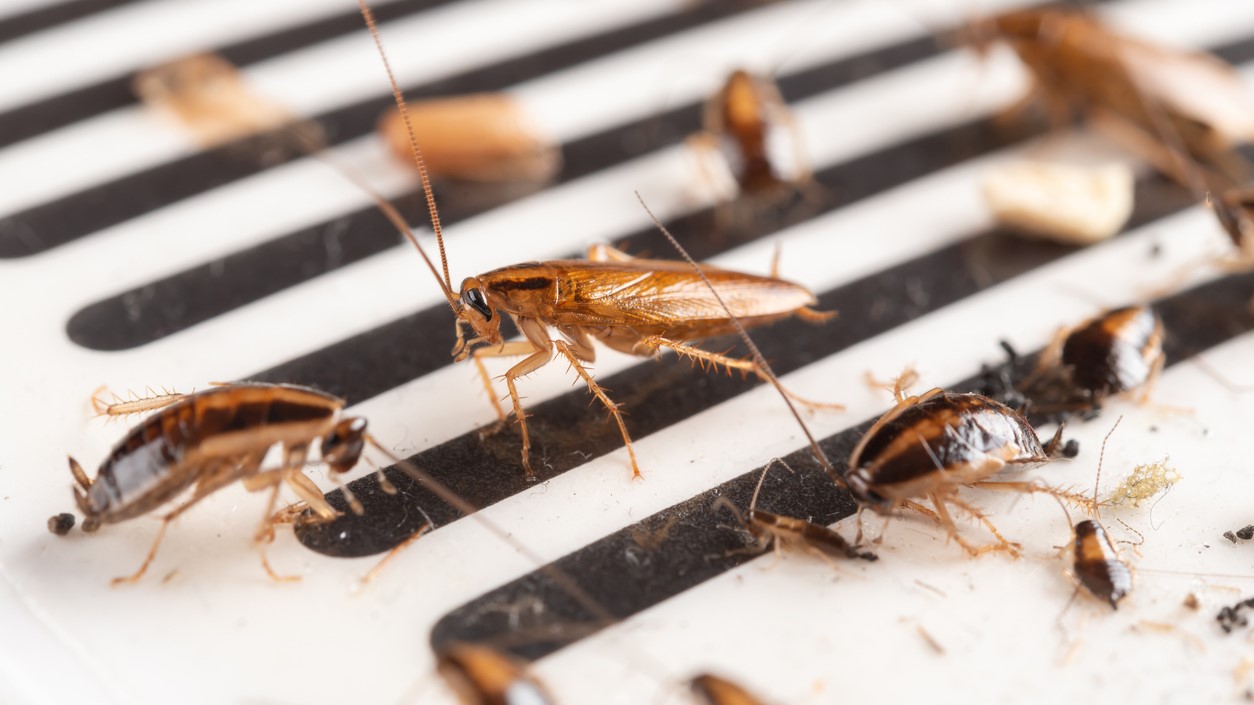Understanding Integrated Pest Management and How to Follow It
Despite major advancements in pest control protocols and technology, unwanted insects and rodents continue to significantly impact the food and beverage industry. An estimated 20% to 40% of global crop production is lost to pests yearly, with rodents specifically known to contaminate or consume about 20% of the world's food supply. According to the Food and Agriculture Organization of the United Nations, invasive insects cost the economy around $70 billion in that same timeframe. Food safety leaders need to take a substantive approach to managing pests if they want to protect a fragile food supply.
Federal standards for good manufacturing practices (GMP) declare that food and beverage companies must keep facilities completely pest free but don’t provide guidelines on exactly how to do that. That’s where the industry’s principles of integrated pest management (IPM) provide a pathway for both regulatory compliance and protecting food safety. Here’s what you need to know about creating and following an integrated pest management program.
What is integrated pest management?
Integrated pest management is a comprehensive approach to managing pests in manufacturing, distribution, transport, and agricultural environments — combining end-to-end strategies for prevention, monitoring, biological control, and pesticide use to minimize pest populations.
In addition, the most recent standards for integrated pest management prioritize controlling pests while minimizing environmental harm, human health, and food safety. A recent survey about IPM adoption found that 69% of respondents reduced pesticide exposure and their potential impact on health. IPM is ultimately about addressing pest problems in a holistic and proactive manner and promoting long-term pest control solutions.
The Principles of Integrated Pest Management
Integrated pest management uses common sense practices to prevent infestations and address the impact of pests. This encompasses various measures and processes, including:
1. Pest Monitoring
Integrated pest management requires food and beverage companies to regularly inspect their facilities for signs of infestation, including points of entry, storage rooms, vulnerable areas, and monitoring devices set throughout the premises. Personnel should carefully document all observations indicating infestation, and leaders should establish thresholds for when to implement control measures and carry out corrective actions.
2. Preventative Measures
The best way to control pests is to prevent infestations from happening. Stakeholders should take measures to seal all entry points for insects and rodents, including doorways, windows, and cracks and crevices in the walls and floors. Vigilant sanitation and maintenance practices will help facilities avoid attracting unwanted insects or rodents through unsealed entryways.
3. Personnel Training
Cultivating a culture of proactive vigilance and compliance with pest management protocols is essential to minimize the risk of infestations. Management must educate each team member about proper sanitation and storage practices to avoid attracting pests, the best way to monitor for infestation, and how to respond when sightings happen.
4. Pest Control
Upon identifying an infestation, regulations require stakeholders to take immediate action, such as installing additional traps, implementing heat treatments, or targeted pesticide application. Pesticide is a highly controlled substance that only licensed professionals are allowed to apply.
Hiring third-party pest management professionals with expertise in food facility pest management is crucial, as they will have the best insight in how to eliminate infestations without compromising food safety. They can also provide consultation and oversight on preventative measures, monitoring, and personnel training.
5. Pest Management Recordkeeping
Maintaining proper pest management records is critical to the program's success. Detailed documentation about monitoring activities, inspection findings, pest counts, and trends is essential. This information enables management to pinpoint pressure points in their facility, anticipate potential infestation areas, and monitor the measures taken to prevent and control pests. These records help third-party pest management professionals identify issues and quickly apply solutions to effectively control infestations.
Records must also track all pest control measures taken, including sanitation, maintenance, and the use of pesticides, with details on products used, application method and dates, and locations. Diligent documentation is crucial for maintaining regulatory compliance and staying audit-ready.
Learn Integrated Pest Management From the Experts
Creating and implementing an effective integrated pest management plan is a complex undertaking with many obstacles and blind spots — but well worth the effort to prevent waste and safely feed the world. Expert guidance can help stakeholders avoid compliance gaps, overlooking vulnerabilities, and inadequate training, strengthening the entire food production ecosystem.
AIB International has over a century of experience in food safety education, including the latest standards for IPM. Sign up for our Integrated Pest Management Online course to equip personnel with the skills, insight, and expertise needed to properly prevent and manage pest problems in your facilities.


